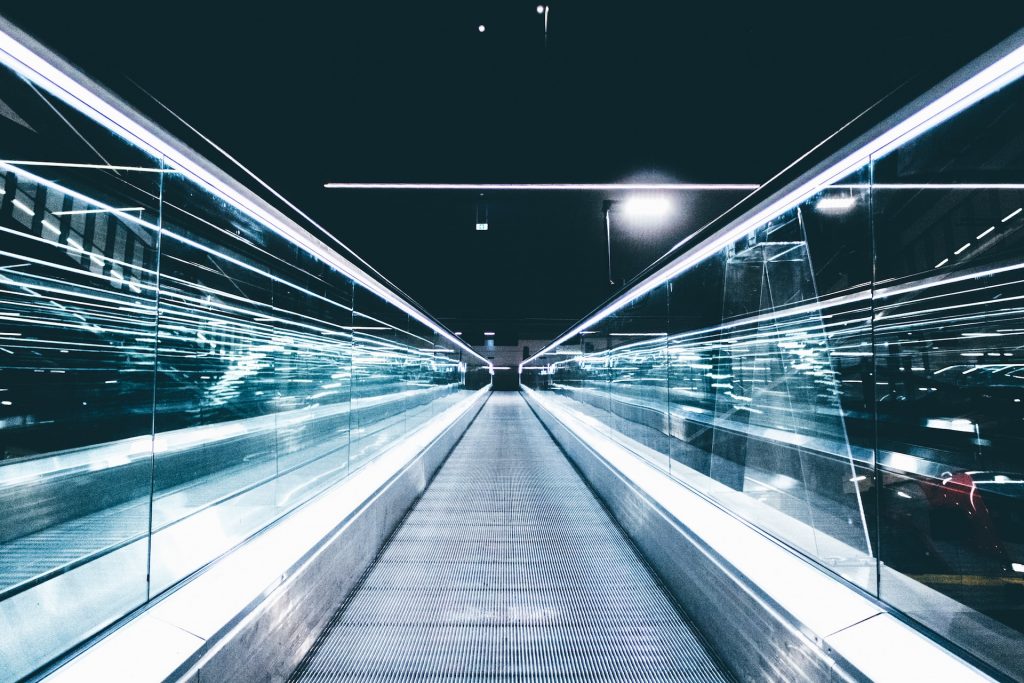
GUEST POST from Art Inteligencia
Innovation has become a driving force for organizations looking to adapt and thrive in an ever-changing business landscape. To foster a culture of creativity and problem-solving, many companies are now investing in innovation labs. These dedicated spaces provide employees with the tools, processes, and environment necessary to drive impactful change. This article aims to present a step-by-step guide on designing an innovation lab, exploring key considerations and showcasing two inspiring case studies.
Step 1: Defining the Purpose and Objectives
Before embarking on the design process, it is crucial to define the purpose and objectives of the innovation lab. Is it primarily focused on developing new products, enhancing customer experience, or addressing internal efficiency challenges? Identifying the intended outcomes will help shape the lab’s design, resources, and methodologies.
Step 2: Creating the Right Environment
A successful innovation lab requires a physical and cultural environment that encourages collaboration, risk-taking, and creativity. This includes considerations such as open floor plans, flexible workspaces, comfortable furniture, and access to cutting-edge technology. Attracting natural light and incorporating natural elements can also enhance productivity and well-being.
Case Study 1: Google X Moonshot Factory
One of the most renowned innovation labs is Google X, the parent company of Google. The Moonshot Factory, as they call it, is responsible for developing radical, moonshot ideas that address global issues. The lab’s unique design features open spaces, colorful furniture, brainstorming walls, and prototypes scattered throughout the area. This innovative approach creates an atmosphere that fosters creativity, experimentation, and a sense of purpose, enabling teams to tackle audacious challenges with confidence.
Step 3: Promote Cross-Pollination and Collaboration
To maximize the potential of an innovation lab, it is essential to encourage cross-pollination of ideas and collaboration among employees from various departments. By integrating diverse perspectives and expertise, organizations can foster a more holistic and inclusive approach to problem-solving. Setting up common areas, organizing regular ideation sessions, and facilitating knowledge-sharing opportunities all contribute to a vibrant collaborative culture.
Case Study 2: Autodesk’s Pier 9 Workshop
Autodesk’s Pier 9 Workshop in San Francisco serves as an innovation lab that brings together artists, designers, and engineers to explore the intersection of technology and creativity. The lab provides users with cutting-edge equipment and a platform to experiment and create innovative projects. By fostering collaboration between diverse disciplines and offering access to advanced tools, Autodesk empowers individuals to push their boundaries and unleash their creative potential.
Step 4: Implement Agile Processes and Iterative Techniques
To drive innovation effectively, organizations should embrace agile processes that allow for rapid experimentation, continuous improvement, and quick iteration cycles. Encouraging teams to adopt proven methodologies like Design Thinking or Lean Startup principles helps create a structure that balances creativity with tangible results. Emphasizing the importance of learning from failure and celebrating successes also fosters a growth mindset within the lab.
Conclusion
Designing and implementing an innovation lab requires a strategic approach with careful consideration of the purpose, environment, collaboration, and iterative processes. By following this step-by-step guide, organizations can establish a dedicated space that cultivates creativity, engagement, and breakthrough innovations. The case studies of Google X Moonshot Factory and Autodesk’s Pier 9 Workshop serve as inspiring examples of successful innovation labs that have revolutionized industries by embracing the power of human imagination and collaboration. The future belongs to those who dare to innovate, and an innovation lab is the gateway to unlocking boundless possibilities.
Bottom line: Futurology is not fortune telling. Futurists use a scientific approach to create their deliverables, but a methodology and tools like those in FutureHacking™ can empower anyone to engage in futurology themselves.
Image credit: Unsplash
![]() Sign up here to get Human-Centered Change & Innovation Weekly delivered to your inbox every week.
Sign up here to get Human-Centered Change & Innovation Weekly delivered to your inbox every week.